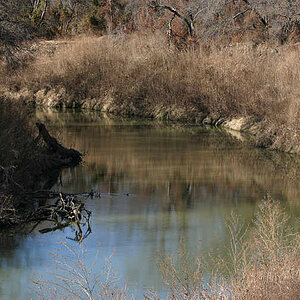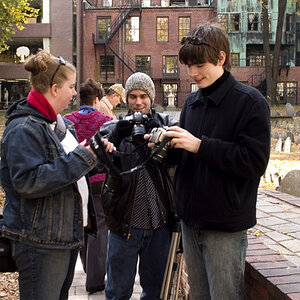NY Ron
TPF Noob!
- Joined
- Sep 25, 2009
- Messages
- 11
- Reaction score
- 0
- Location
- NY
- Can others edit my Photos
- Photos OK to edit
If one were to put together the "ideal" setup, what would the components be that would allow for the greatest DOF in macro shooting?
For example, let's say the goal was to take a pic of a rose with the max DOF generally available - - what equipment and setup would be best?
By ideal, I guess I mean within the realm of normal dSLR's (Nikon, Canon under $5000) and reasonably normal lenses for those bodies (say lenses that cost under $5000 as well).
What body/lens/lighting and other equipment, and how to set them up, would produce the greatest DOF, and therefore sharpest possible macro pic?
Hope this question makes sense.
thanks
For example, let's say the goal was to take a pic of a rose with the max DOF generally available - - what equipment and setup would be best?
By ideal, I guess I mean within the realm of normal dSLR's (Nikon, Canon under $5000) and reasonably normal lenses for those bodies (say lenses that cost under $5000 as well).
What body/lens/lighting and other equipment, and how to set them up, would produce the greatest DOF, and therefore sharpest possible macro pic?
Hope this question makes sense.
thanks



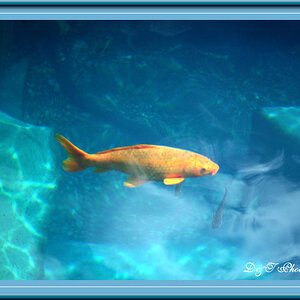


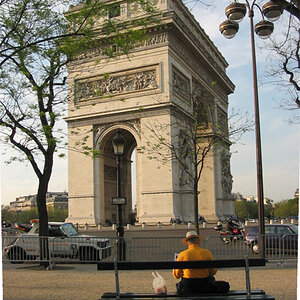

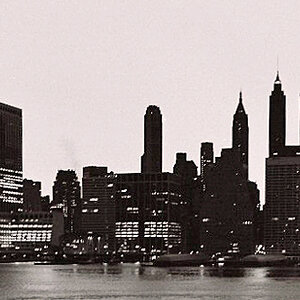
![[No title]](/data/xfmg/thumbnail/41/41780-5efe87aed04575de7c09b065d70763ae.jpg?1619739890)
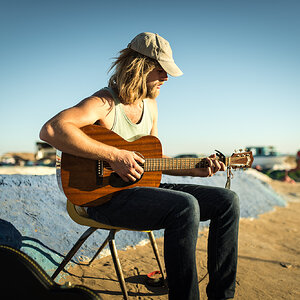
![[No title]](/data/xfmg/thumbnail/31/31509-b8abaec96e6e375688e269bc89f47652.jpg?1619734858)
